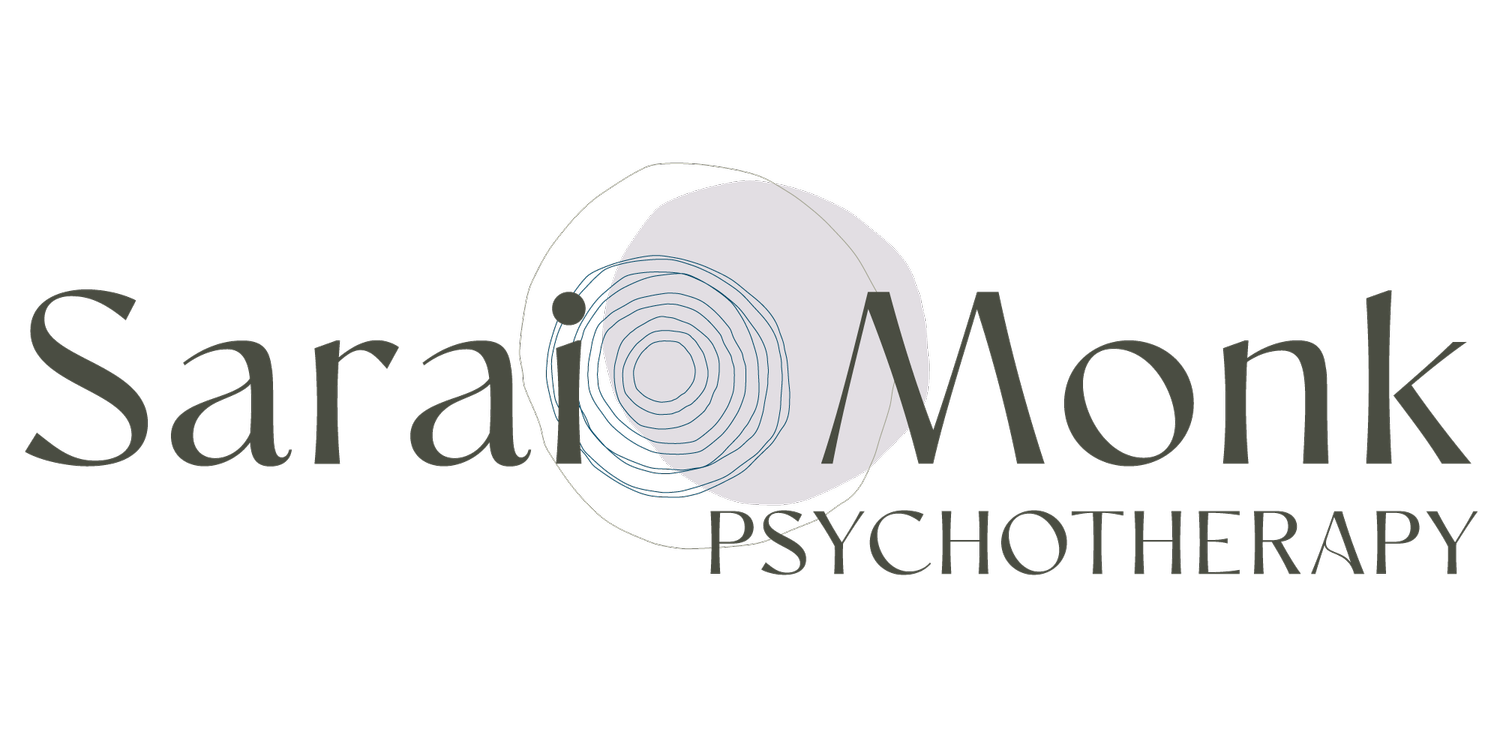How to spot physical symptoms of anxiety
If you’ve had anxiety your whole life then it may be hard to know if what you feel is anxiety. In this blog, I’m going to look at what’s happening in your nervous system and body during anxiety, so that you can figure out how to spot physical symptoms of anxiety.
Please note that this blog is about how to spot physical symptoms of anxiety. This won’t stop anxiety from arising, it’s a tool that will help to manage it. In order to get to the bottom of anxiety and treat it, please talk to a professional psychotherapist or counsellor.
Knowing how to spot physical symptoms of anxiety can really help. Here’s why:
If you can see it, you don’t have to be it.
Learning how to spot physical symptoms of anxiety means you’ll have the choice of intervening.
Intervening with your anxiety before it escalates means you have the power to change your reactions to it.
This power comes from putting tools into action to stop your anxiety spiralling towards a panic attack.
Having a toolkit means you’ll have choices about how you want to manage your anxiety and learn which methods work best for you (which can be different at different times).
The skills needed to intervene with your anxiety include: self-awareness, interoception, and mindfulness.
These skills require practice. The more you practise, the easier it will get.
As you begin to see results, your confidence and self-esteem will grow.
Understanding the deeper reasons behind your anxiety through psychodynamic psychotherapy is a way of uprooting the causes of the anxiety, for good.
What causes the physical symptoms of anxiety?
Understanding what causes anxiety helps you know how to spot physical symptoms of anxiety.
The physical symptoms of anxiety are an automatic physiological response that happens in the body when danger is sensed.
The body goes into fight-flight, this is the sympathetic branch of the nervous system.
We need this mechanism to survive. It’s a good thing because it alerts us to danger and prepares the body to fight or escape.
The biological preparation for fight or flight are some of the symptoms of anxiety: increased heart rate, shallow breathing, and sweating.
Problems arise when, due to psychological and unconscious reasons, danger is perceived all of the time. This is unhelpful when the body thinks there is danger and in reality, this is not the case.
In some cases, you may be in constant danger if living through a war or with an abusive partner/parent. In these cases, we need to get you away from the source of danger before healing can start.
In good health, the body regulates itself between three nervous system states: rest and digest (ventral vagal), fight-flight and fawn/collapse (dorsal vagal).
In some disorders, the body perceives threat or danger when it’s not there in reality, and can’t get itself back into rest and digest (ventral vagal or safe and social mode, the parasympathetic branch of the nervous system). This causes chronic stress/anxiety which leads to psychological disturbance and poor health conditions.
With treatment and effort, over time we can teach the nervous system how to regulate itself again.
The physical symptoms of anxiety include:
Shallow breathing into the chest (rather than abdominal breathing)
Tension. Muscles tense up as blood is directed away from organs and into the limbs in preparation for running away (e.g. from a tiger)
Your heart beats faster
You become sweaty
You lose the capacity to think in a rational or logical way because the prefrontal cortex goes offline as part of fight-flight
You become easily irritable and angry, sometimes becoming shouty
You’re restless and experience fast and rapid thoughts
Thoughts of danger can escalate out of control and feed the physical symptoms
Research has found that innocuous facial expressions and social cues are misinterpreted as dangerous
Difficult to hear or understand the human voice as hearing capacity attunes to a different frequency that will pick up danger signals (such as the growling of a tiger or the sound of an earthquake/tsunami)
How to spot physical symptoms of anxiety
Put simply, it’s the capacity to be able to stop and notice what’s happening in your body and mind. This is a skill, and if it’s new to you, it will take practice and time to learn how to do it. The skill comprises of: self-awareness, interoception and mindfulness.
Self-awareness is being able to identify what triggers you, and notice what’s happening in your thoughts and how your body feels.
Interoception is being able to sense the feelings, sensations, tensions and sensory signals within your body.
Mindfulness is being able to stay in the present moment while observing what’s happening in your mind and body, from a compassionate non-judgmental viewpoint. Interoception is a key component of mindfulness. Mindfulness is what makes certain practices work as grounding tools for anxiety and dissociation, such as mindful breathing or mindful movement (e.g; yoga, tai chi, walking).
The more you can be self-aware, mindful and interocept, the better you’ll get at noticing the red flags that alert you to symptoms starting before the symptoms blow up into a panic attack.
Practice makes things easier
I hope you now feel more confident with knowing how to spot physical symptoms of anxiety, and that you’ll be able to see some progress as you get better at it.
Remember that self-awareness, interoception and mindfulness are tools that won’t necessarily come naturally at first. They sometimes take practice. The good news is that the more you practise them, the easier they get and the quicker you'll be able to intervene with your anxiety.
The next step is to learn about some tools for managing anxiety and which ones work for you.
If you can relate and would like help with your anxiety and how to cultivate self-awareness, interoception and mindfulness, then I’d be happy to hear from you. Contact me here to arrange a free, 15-minute telephone consultation.

